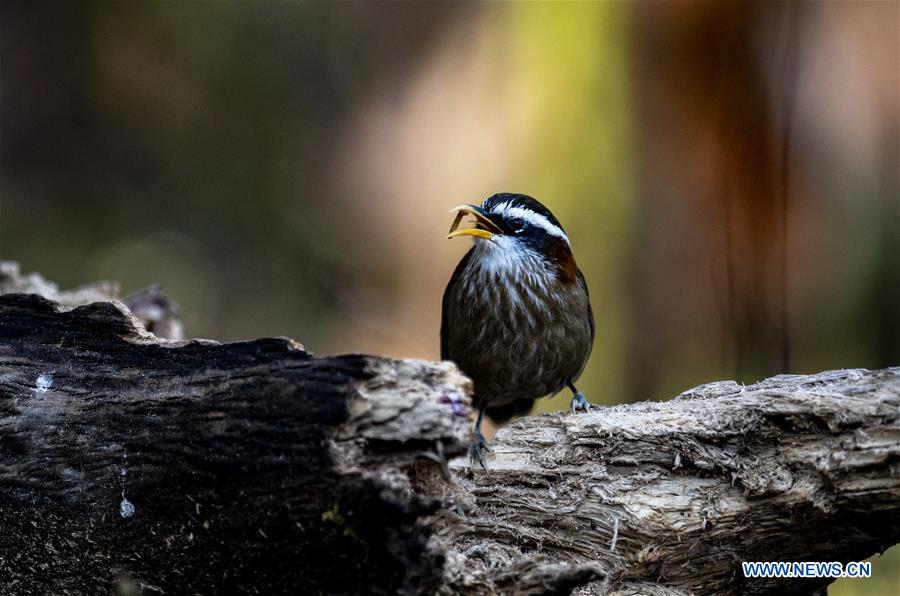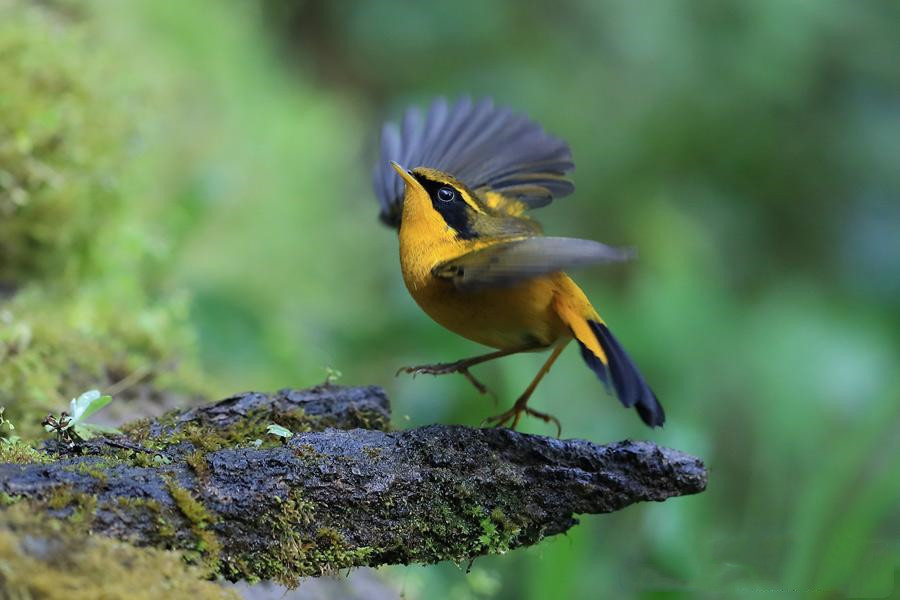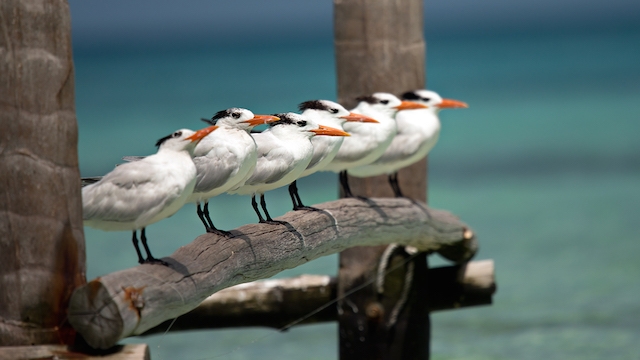
Yunnan Bird-Watching
During my travels in China, I was thrilled to discover that the country boasts an impressive 1,450 bird species. However, what really caught my attention was Yunnan Province, where the unique geographical location and diverse climate have created a birdwatcher’s paradise. To my amazement, I learned that this region is home to a staggering 802 bird species, which accounts for about 64% of all bird species in China and 9% of bird species worldwide. Needless to say, I couldn’t wait to start photographing these fascinating birds!
My journey through Yunnan Province was nothing short of incredible. This region stretches from the highlands in the north of the Malay Peninsula all the way to the south of Qinghai, offering a complex and unique topography and climate. As a result, this province boasts a rich variety of natural wonders and an impressive biological diversity. I was amazed to learn that there are 118 Class II state-protected bird species and 18 Class I state-protected bird species that call Yunnan home. With such a concentration of protected birds, it’s clear that this province is committed to preserving and promoting its natural beauty for generations to come.
Based on my research, it’s clear that Yunnan Province is truly a bird lover’s paradise, boasting the highest number of bird species in China. As of 2015, the province is home to a staggering 802 bird species, a number that far surpasses any other region in China. Second on the list is Sichuan, which is home to 628 bird species. As someone who loves to capture the beauty of these magnificent creatures through photography, I couldn’t be more thrilled to have visited Yunnan and experienced the wonder of its birdlife firsthand.

Yunnan Migration Routes
One of the many reasons why Yunnan Province is a haven for bird enthusiasts is because it sits on two major bird migration routes. The first route is located in the valley of the Jinsha River, which is situated on the upper reaches of the Yangtze River and extends southwards. The second route runs from the high plateau of Qinghai, across the Hengduan Mountains, and then continues southwards through the Ailao Mountains and the Red River Valley. As a photographer, I was thrilled to have the opportunity to witness these incredible migrations and capture stunning photographs of the birds in action.
During my travels through Yunnan Province, I learned that the bird migrations here are truly a sight to behold. In the spring, many species of birds fly northwards to breed, and then head back south to escape the colder weather in the autumn. Some of these birds pass through Yunnan on their journey, while others choose to spend their winters here. As a photographer, I was captivated by the diverse array of birds that I encountered during my travels and was privileged to witness the remarkable patterns of migration that are so integral to their survival.

Bird-Watching in Weishan Longqing Pass
As a bird photographer who has witnessed the incredible migrations that many species undertake, I can attest to the fact that these journeys pose a significant risk to the birds’ lives. Twice a year, they must undertake a treacherous journey between their breeding grounds and winter quarters. In Yunnan Province, the unique topography forces birds to navigate through the Hengduan mountain range, where the climate can be particularly challenging. To make matters worse, the migration takes place during a season when impenetrable fog walls and a lack of moonlight can make it difficult for birds to orient themselves. Despite these obstacles, the birds persevere and continue to undertake these incredible journeys year after year.
It’s heartbreaking to think that many birds lose their lives during their migration through Yunnan Province. Unfortunately, the mountainous terrain and dense forests create hazards for these creatures, and many fall prey to nets and traps set by hunters. It’s no wonder that the region has earned the somber nicknames of “bird hunting mountains” and “bird death mountains”. As someone who cherishes these birds and the natural beauty they represent, it’s my hope that we can work together to better protect these creatures and ensure their continued survival.

Sadly, during my travels through Yunnan Province, I learned that some local residents have a tradition of hunting migrating birds using a technique that involves lighting fires to attract the birds and then catching them with nets and bamboo poles. This practice, which has been taking place for over 1,200 years, can result in the deaths of up to 1,000 birds in a single night. In some areas, members of the Yi minority have even been known to rely on the profits earned from selling the birds to support their families for an entire year. As a lover of birds and an advocate for their protection, it’s disheartening to see these creatures being exploited in this way.
Bird Protection at Longqing Pass
In an effort to protect migrating birds passing through Yunnan Province, a group of over 40 bird experts from countries including Japan, Vietnam, the Philippines, and Thailand came together in 1997 to conduct scientific research and investigations in the Longqing Pass. As a result of their efforts, the Weishan station was established to facilitate bird ringing and prohibit the killing of birds in the area. I’m grateful to see that so many people are coming together to protect these incredible creatures and help ensure their survival for generations to come.

Nestled in the district of Weishan, just 12 kilometers from the city of Dali, lies the Longqing Pass, a breathtaking bird sanctuary that spans 292 hectares of land. At an elevation of 2,440 meters and coordinates of 25°18′ N and 100°21′ E, this location is home to the 32nd ringing station in China’s extensive network. As a passionate photographer and lover of birds, I was thrilled to visit this sanctuary and witness the incredible work being done to protect these amazing creatures.
One of the great things about the Longqing Pass ringing station is the ease with which visitors can observe the birds. With approximately 60 species of migratory birds passing through the area, there is always something new and exciting to see. As a photographer, I relish these opportunities to capture the beauty of these magnificent creatures in their natural habitat.
The birds’ flight season typically runs from August to early November, during which time there are usually around ten foggy nights per month. To help guide the migratory birds safely through the area, the local villagers have adopted a more bird-friendly approach. Rather than using fires to attract and trap the birds, they now only light small fires for guidance, and have also started using electric lights to make the journey safer and brighter for the birds. As a photographer and bird enthusiast, I’m thrilled to see these positive changes taking place and am excited to continue exploring this amazing region and all its natural wonders.
The birds’ flight season typically runs from August to early November, during which time there are usually around ten foggy nights per month. To help guide the migratory birds safely through the area, the local villagers have adopted a more bird-friendly approach. Rather than using fires to attract and trap the birds, they now only light small fires for guidance, and have also started using electric lights to make the journey safer and brighter for the birds. As a photographer and bird enthusiast, I’m thrilled to see these positive changes taking place and am excited to continue exploring this amazing region and all its natural wonders.



